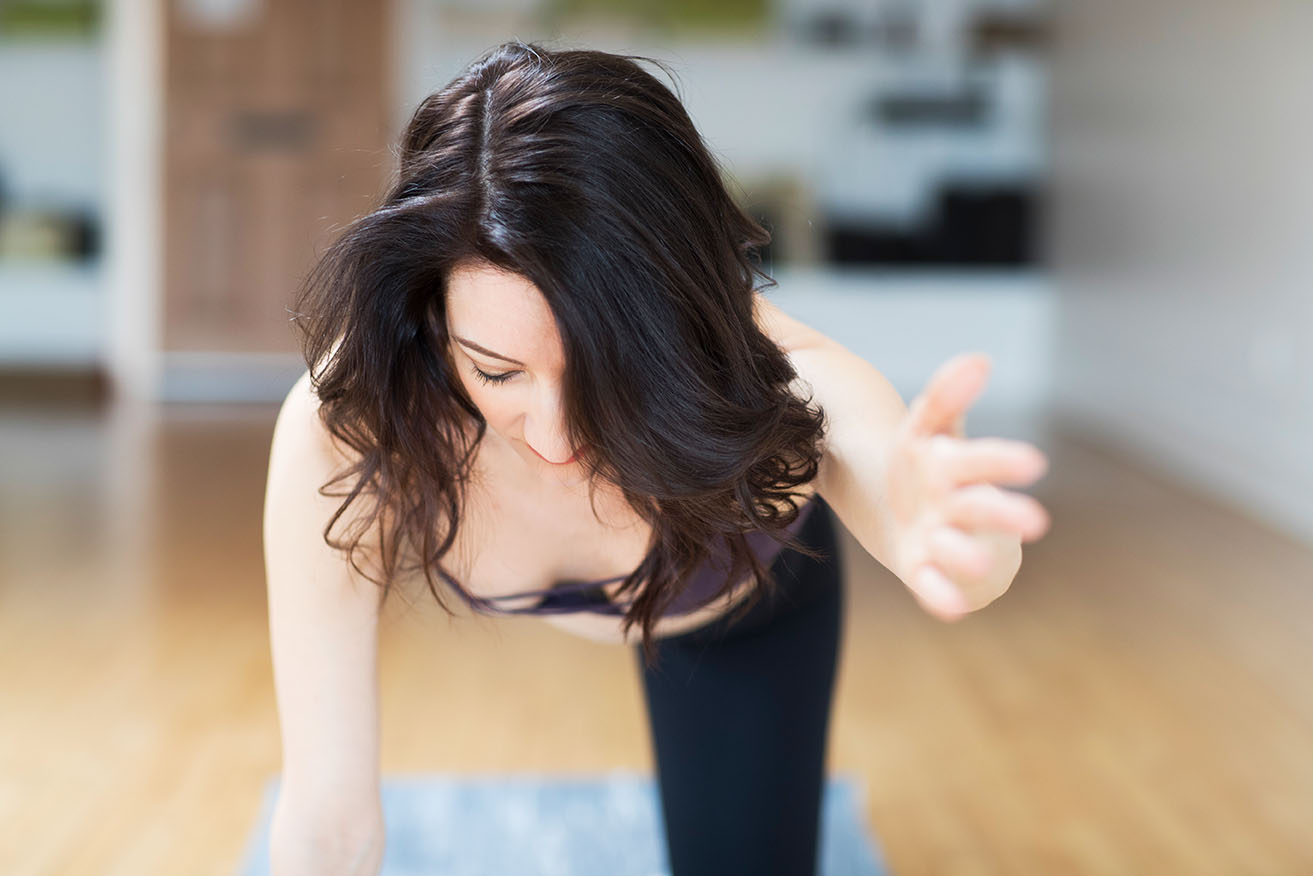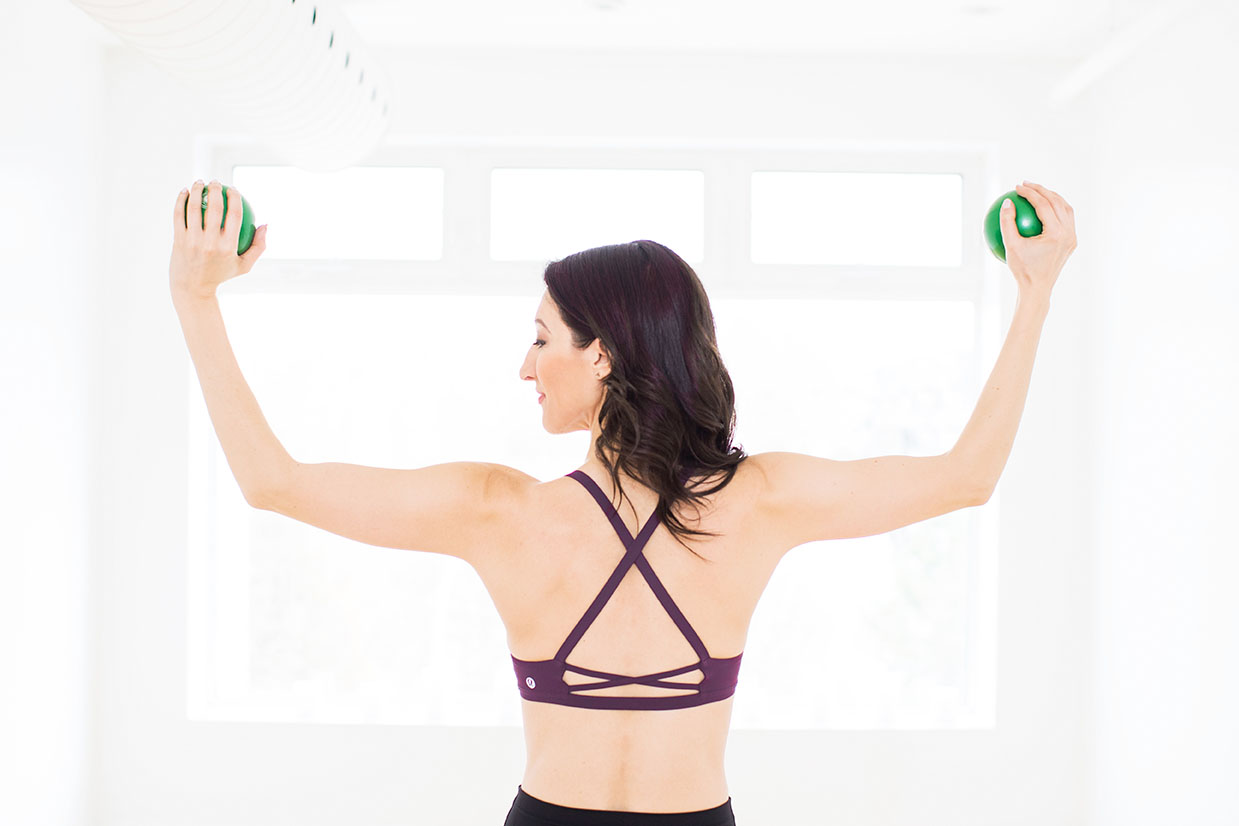PILATES | A QUIET FORCE

A friend sent me a New York Times article last year about ‘falling courses’ in the Nederlands. These are obstacle courses that teach participants how to avoid falling – and also how to fall correctly. Diedek van Wijk, a psychotherapist who runs and teaches the course said, “it’s not a bad thing to be afraid of falling, but it puts you at a higher risk of falling.” This is a powerful premise. The courses are designed to proactively educate the primarily 65-94 year-old demographic with a readiness to fall, so it’s less traumatic to experience a fall which, for many at that point in their lives, could dramatically alter their quality of life. Falling courses have been operating for years, but it’s only recently that clinically tested programs are becoming a phenomenon. The courses bring participants together and teach them how to keep themselves safe by creating healthy neuromuscular habit patterns for the future and a readiness for the unexpected.

I often share this article and story with Pilates students. In the land of Pilates, so much of the practice is geared toward injury prevention and training the brain and body toward optimal movement on a daily basis. Beyond the physical benefits and aesthetic appeal that draws students into Pilates, this is the piece of Pilates that keeps me motivated to return – the opportunity to set up students to move with ease for a lifetime. We challenge balance constantly in Pilates. Can you consistently integrate your breath, stay calm, maintain focus, connect with your core and figure out how to create balance for yourself from the inside out? As we play with this opposition between mobility and stability throughout the practice, we reinforce a larger habit pattern to be prepared to deal with instability as it surfaces in our lives.

Pilates invites you to dig a little deeper in building body awareness, paying attention to subtleties and ensures that you feel your own body and challenge its potential — safely. To train and create strong reflexes in the physical body, to support oneself and keep oneself safe, is empowering. To prioritize and consider what it feels like to move with freedom is empowering. To find grace and satisfaction in moving slowly when the rest of the world says go fast is empowering.

I encourage new students to try adding even one class into their weekly movement regime to serve as a tune-up and set themselves up for success for all their fast, expressive, grandiose movement in a week. I so appreciate individuals who are drawn to Pilates. I love witnessing students shift how they embody themselves. Pilates students move deliberately and through investing in a practice that drives a conversation about their core, they are in constant connection and re-evaluation with this part of themselves. Because of this, I hope and like to think this attentiveness to their core through Pilates has a ripple effect impacting their ability to draw from their core in other aspects of their lives as well. You see, there is an opportunity in Pilates to connect with a voice in you whose main function is to say to you: I support you – you are strong. A voice that is wired to remind you that you are a capable, centred, dynamic, sensitive human being. A voice that affirms it’s ok to fall, it’s ok to shake, it’s ok to feel, it’s ok to lose your balance you have full permission to fall because you know how to recover and move forward. So, if you have not already given Pilates a whirl, come move and play with the 889 Pilates team with this in mind to experience the allure and quiet force that is Pilates.

Rebecca Yakimowski – 889 Pilates Instructor

